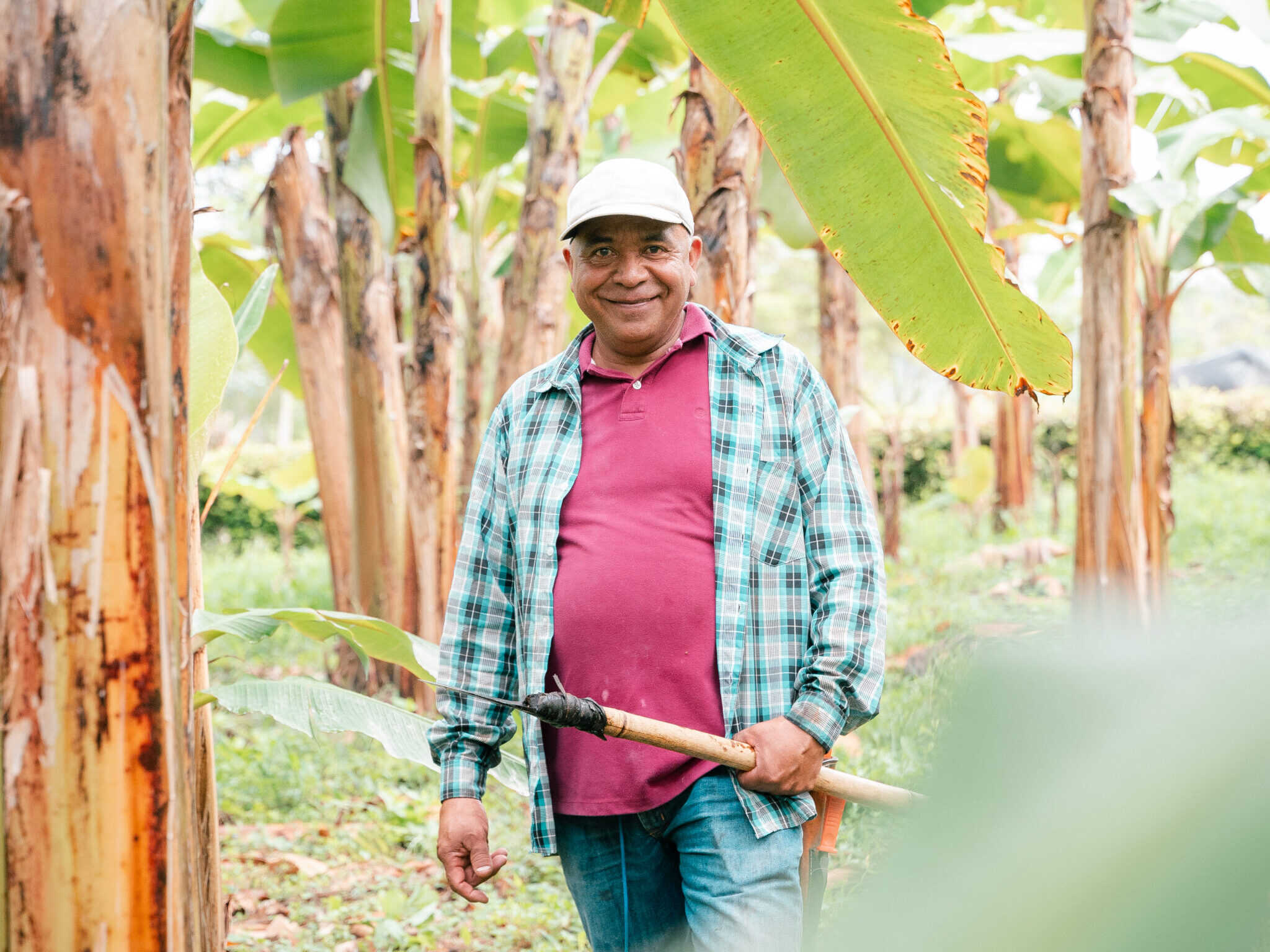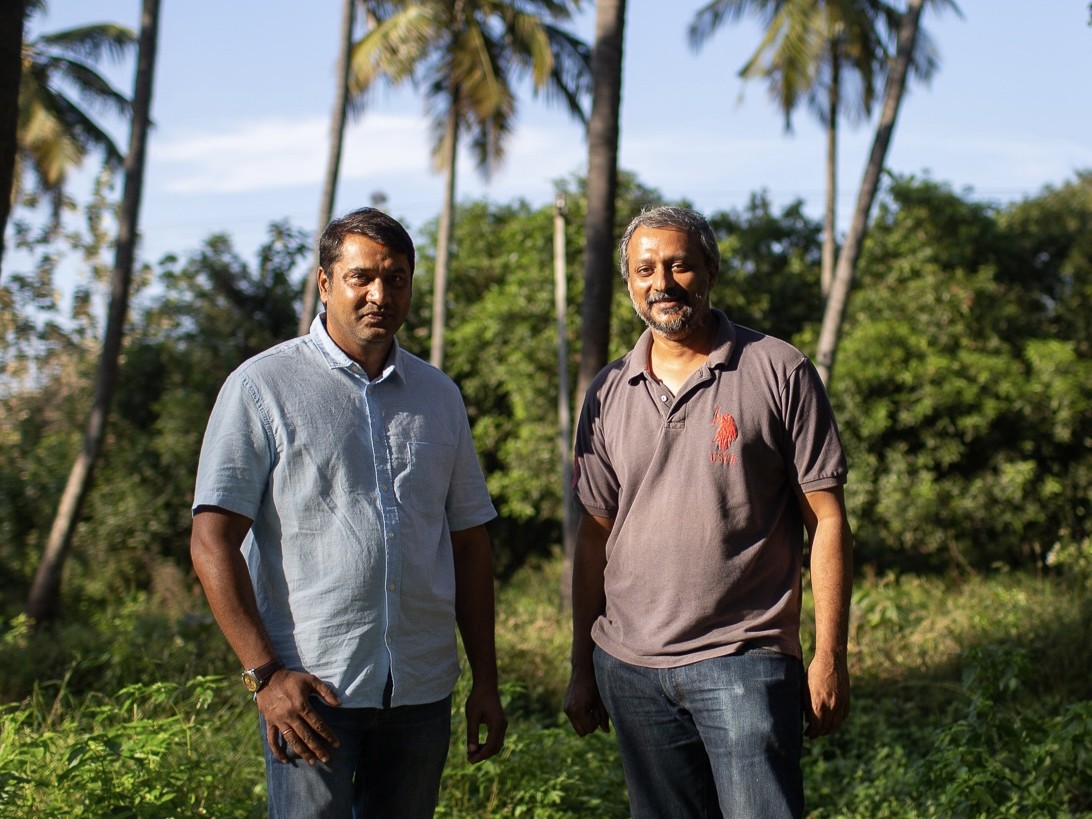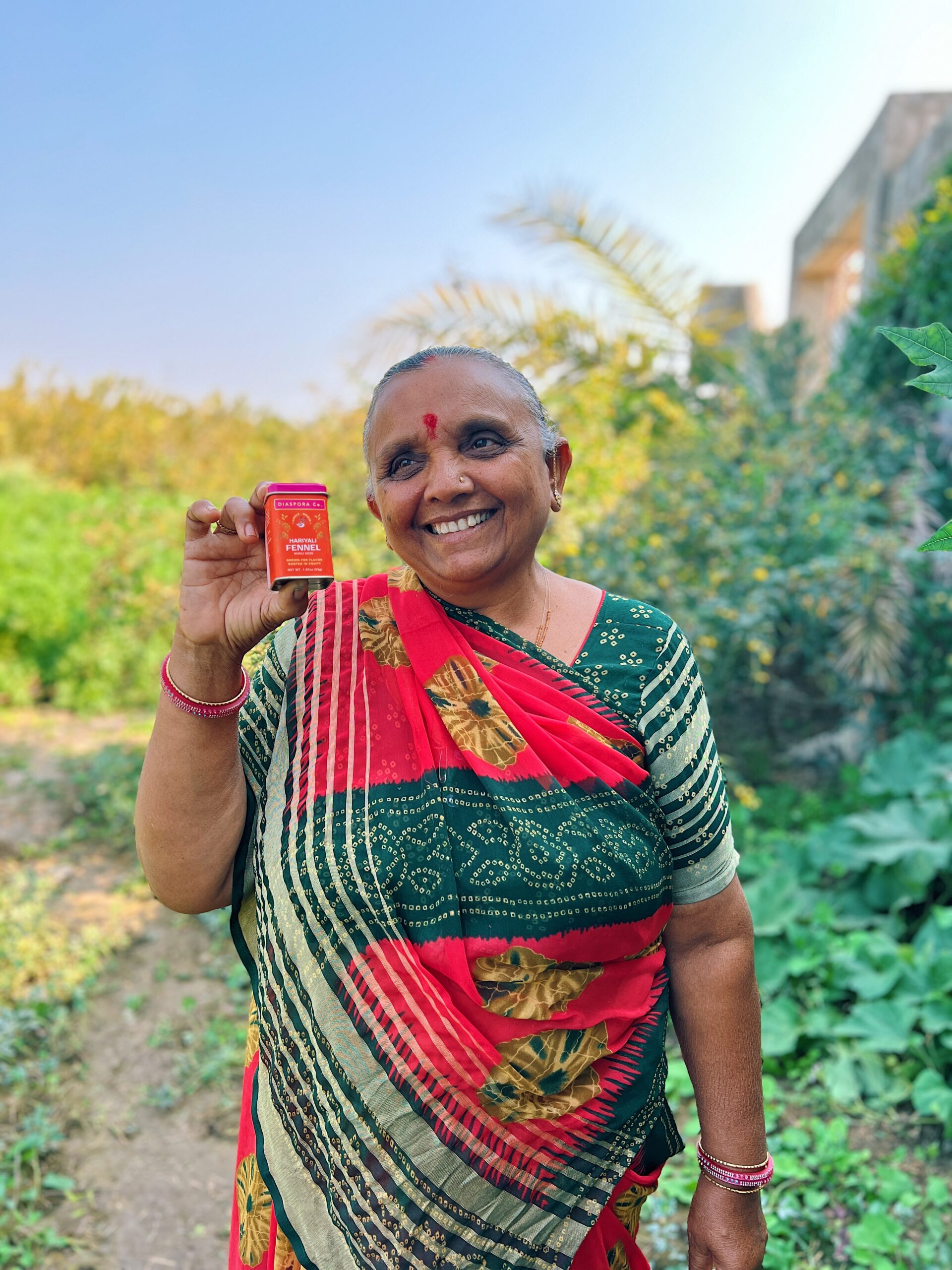To create a thriving society, we must invest in soil health.
As a young woman growing up in Knoxville, Tennessee, I showed passions many considered “uncharacteristic” of a Southern lady. I was a tomboy who enjoyed sports, science, and math. I wanted to be an engineer like my dad.
I left for college in Texas at 16 and then headed to Silicon Valley in its early days. As my dad returned to the family farm in South Carolina, I started my tech career, thinking that gardening was as close as I would ever come to farming.
Growing Grass
In the late 90s, my husband, Matt, and I bought a small ranch in rural San Benito County, where we planned to build a weekend home away from the booming Silicon Valley. At that time, Matt had become fascinated by a 7,600-acre ranch on the way to our “starter ranch.” Developers owned the property and planned to build 4,500 houses, which made the idea of purchasing it look pretty crazy. I didn’t give it much thought.
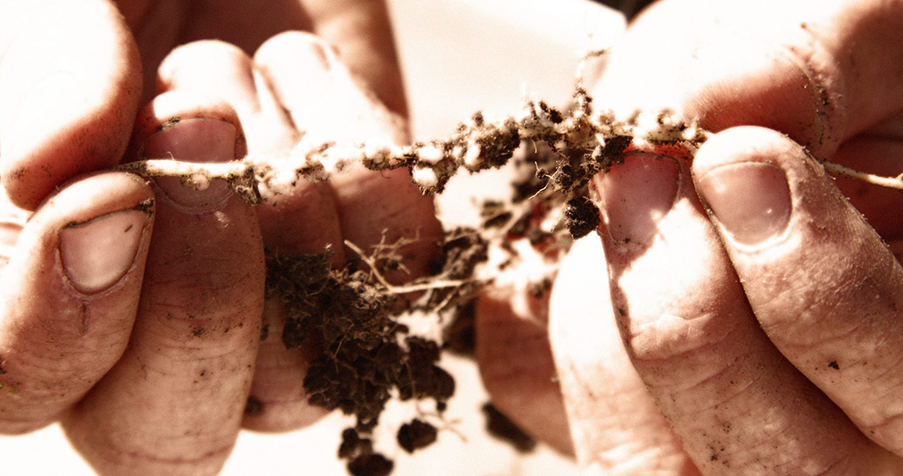
A couple of years later, we received an unexpected offer for our software company and agreed to sell. Days before we had closed the deal, the county rejected the developer’s plan. Three weeks later, we made our first offer on the Paicines Ranch, and six months later, it was ours. We didn’t have a plan or know anything about ranching, but it seemed like something we should do.
I thought I would be a landlord rather than a rancher, but a few months after we had bought the ranch, I was introduced to holistic management. I had been fascinated by California native perennial grasses for years. They had virtually disappeared from our grasslands, but I had been growing them in my garden. When I read about holistic management, I got hooked on the idea of bringing these grasses back by changing the management of livestock, so I decided to get into ranching to see if it might be possible, and I have been on an amazing journey since then.
The Ranch
Over the last seventeen years, we have improved the way we manage cattle, produced and marketed grass-fed beef and lamb, started an event center, installed a vineyard designed to be managed by sheep, restored 25 buildings, and transitioned the ranch to organic. There have been many mistakes and an extraordinary amount of learning. Through our educational events and research partnerships, we unearth new knowledge with our colleagues and share what we are doing on the ground.
If you want to change what happens to that system, why on earth do you care what kind of capital it takes to do what you need.
Most recently, we began farming—something I swore that I would never do, even after getting into ranching. Though our crop ground is certified organic, it is still cultivated in a way that is extractive, destroying soil health and releasing carbon into the atmosphere. A couple of years ago, one block at a time, we started the hard work of restoring the soil by creating a profitable production system for the long term.
Our goal is to figure out how we can produce food, fuel, and fiber and not just sustain but regenerate ecosystems. It is the most fascinating system I have ever worked on and one of the most challenging problems I can imagine. I have never had so much fun!
Big Ag Falsehood
There are a lot of current agricultural practices that destroy soil health, including tilling, bare ground, monocultures, and the application of synthetic fertilizers or pesticides. All of these practices diminish life in the soil, release carbon into the atmosphere, and reduce long-term productivity. We need to manage our soils by working with nature and using the tools that have evolved over 5 billion years.
Everything we’re doing for soil health looks to the future and incorporates all of the growing scientific evidence available along with enormous amounts of human creativity.
Naysayers and critics question our ability to “feed the world” while working with nature. They view reducing our dependence on technology as a step backward. My response is that nobody’s talking about going back! Everything we’re doing for soil health looks to the future and incorporates all of the growing scientific evidence available along with enormous amounts of human creativity.
I believe that the fundamental change we need to make in agriculture is to realize that we are part of nature and must work with nature if we plan to be around as a species in the long term. We cannot continue on our disconnected path, attempting to dominate, control, and simplify. Besides, it’s a lot more fun to partner with Mother Nature than with the chemical companies.
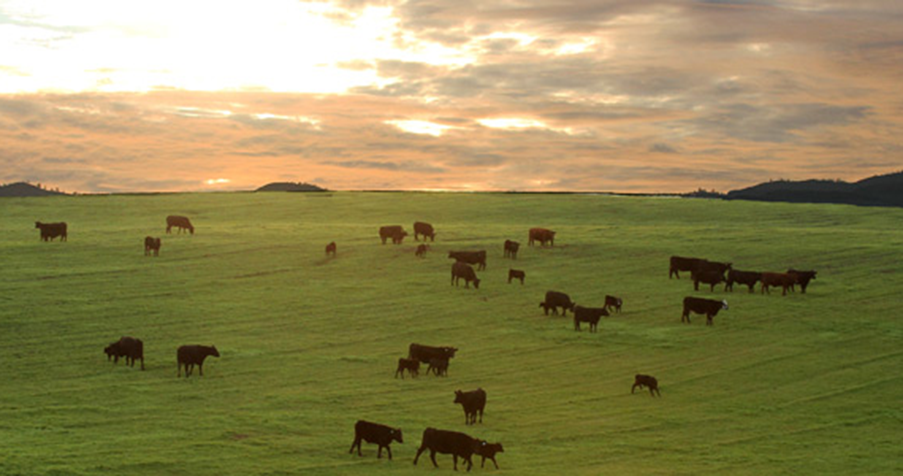
Capital Is Energy
When I was in the high-tech industry, I built robotic systems for a while. Whenever there was a problem, we would sit down as a team and evaluate the entire system: the hardware, the software, and the human interface. We were looking to find what change we could make that would allow the whole system to function.
In my mind, I frequently take this systems approach and apply it to the food system. If you want to change what happens to that system, why on earth do you care what kind of capital it takes to do what you need? Capital is energy.

This systems approach is essentially what RSF’s integrated capital approach is all about. My relationship with RSF started 12 years ago when I met Don Shaffer. Through Don, I connected with an entire ecosystem of people who were working to change the way economies and money work. One of the people I met was Esther Park, who was then RSF’s director of social enterprise lending.
In 2015, Esther became the CEO of Cienega Capital, an investment firm I founded for soil health, regenerative agricultural practices, and local food systems. I am thrilled to work alongside one of the framers of integrated capital. She is not only a talented and creative deal-maker but a thoughtful leader in the field. Even though she calls herself a banker with a heart, I see her as a heart who has banking skills.
Soil health is an important consideration for all people who want to make the world a better place.
In addition to investment capital, we also work as a team to deploy philanthropic capital. The key is first to figure out where capital
is needed and then what type of capital best supports the change-makers.
#NoRegrets 2.0
I am an engineer, not a marketer. To me, talking about my journey to restore the health of soils sometimes seems like an interruption of my “real work.” It was not until I met Nikki Silvestri, whom I’ve since hired as a strategic communications consultant, that I was convinced otherwise. She helped me recognize the value of sharing with my peers in social finance and philanthropy the importance of soil health and the possibilities of integrated capital for their respective causes.
With Nikki’s expertise, we launched the #NoRegrets initiative. Part integrated capital resource, part education campaign, we seek to inform and inspire philanthropists and investors about the remarkable, interconnected life of the soil. No matter what you care about, I can show you why soil health is vital to your mission, be it human health, ecosystem vibrancy, or climate change mitigation. Soil health is an important consideration for all people who want to make the world a better place.
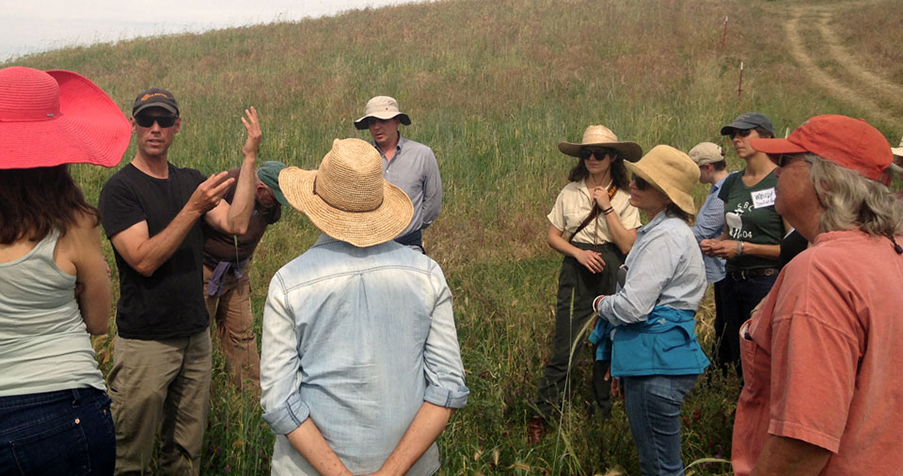
The name #NoRegrets has a double meaning. Carbon sequestration in soil is called a “no regrets negative emissions technology.” The process takes CO2 out of the air and puts carbon (and life) into the soil. Improving soil health would be the most important work of the 21st century, even without climate change because of the current degraded state of the planet’s agricultural soils. If we build expensive technology to scrub CO2 from the air, all of that money will be spent on just mitigating climate change. Why not address our many problems by creating many more solutions all at once?
The second reason I call this initiative #NoRegrets is more obvious: my grandchildren. When they ask how we failed to address climate change, I want to be able to tell them I did everything I could think of.
Connect with the #NoRegrets Initiative at noregretsinitiative.com
